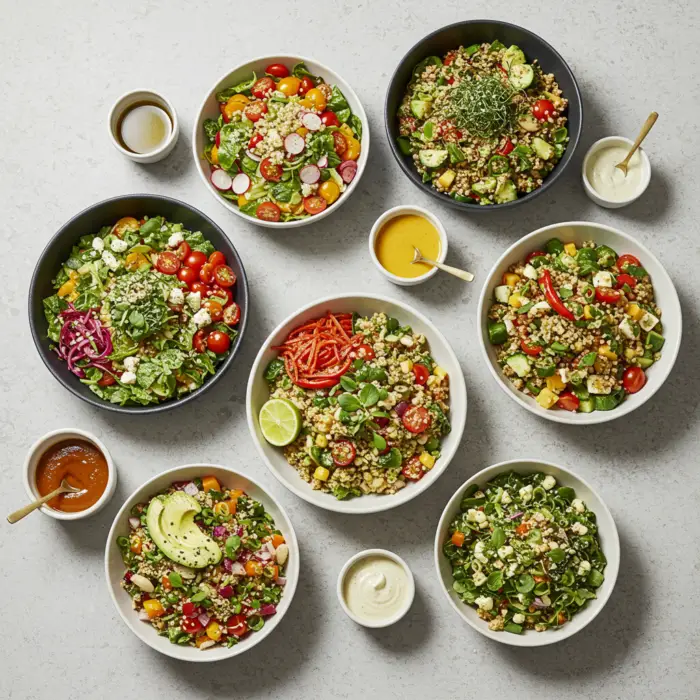
Plant-based cooking is more than just a trend — it’s a lifestyle choice offering various health, environmental, and ethical benefits.
Whether you’re considering a fully plant-based diet or just looking to incorporate more plant-forward meals into your routine, understanding the basics of plant-based cuisine can help you create delicious, nutritious, and satisfying dishes.
1. Understanding Plant-Based Cuisine
Plant-based cooking focuses on whole, unprocessed foods derived from plants, such as vegetables, fruits, legumes, grains, nuts, and seeds.
Unlike veganism, which excludes all animal products for ethical reasons, plant-based eating emphasizes whole-food nutrition and may occasionally include small amounts of animal products, depending on individual preferences.
2. Nutritional Considerations
One of the most common concerns about plant-based diets is whether they provide enough protein, iron, and other essential nutrients.
The good news is that a well-balanced plant-based diet can meet all your nutritional needs. Here’s how:
- Protein: Found in beans, lentils, tofu, tempeh, quinoa, and nuts.
- Iron: Present in leafy greens, lentils, chickpeas, and fortified cereals; consuming vitamin C-rich foods like citrus fruits helps absorption.
- Calcium: Abundant in leafy greens, fortified plant-based milk, and almonds.
- Vitamin B12: Since it’s primarily found in animal products, supplementation or fortified foods are recommended for strict plant-based eaters.
3. Essential Ingredients in Plant-Based Cooking
To build flavorful plant-based meals, stock your pantry with the following essentials:
- Legumes and beans (chickpeas, black beans, lentils) for protein and fiber.
- Whole grains (quinoa, brown rice, farro) for energy and nutrients.
- Healthy fats (avocados, nuts, seeds, olive oil) for flavor and satiety.
- Plant-based milk (almond, soy, oat) for dairy alternatives.
- Nutritional yeast for a cheesy, umami flavor.
4. Flavor and Texture Hacks
Plant-based cooking can be just as flavorful and satisfying as traditional cuisine with the right techniques:
- Umami boosters: Use mushrooms, soy sauce, miso, and tomatoes to create depth.
- Texture tricks: Roast chickpeas for crunch, blend cashews for creamy sauces, and marinate tofu for better absorption.
- Spices and herbs: Experiment with cumin, turmeric, garlic, and basil to enhance flavor.
5. Benefits Beyond the Plate
A plant-based diet isn’t just good for your health — it’s also better for the planet. Plant-based foods have a lower carbon footprint, require less water, and contribute to reducing deforestation.
Additionally, many people find ethical motivation in reducing animal product consumption.
Final Thoughts
Plant-based cooking is an exciting and rewarding way to eat healthier, experiment with new flavors, and contribute to a more sustainable world.
Whether you’re fully plant-based or just exploring, incorporating more plant-based meals into your diet is a delicious and fulfilling journey worth taking.

